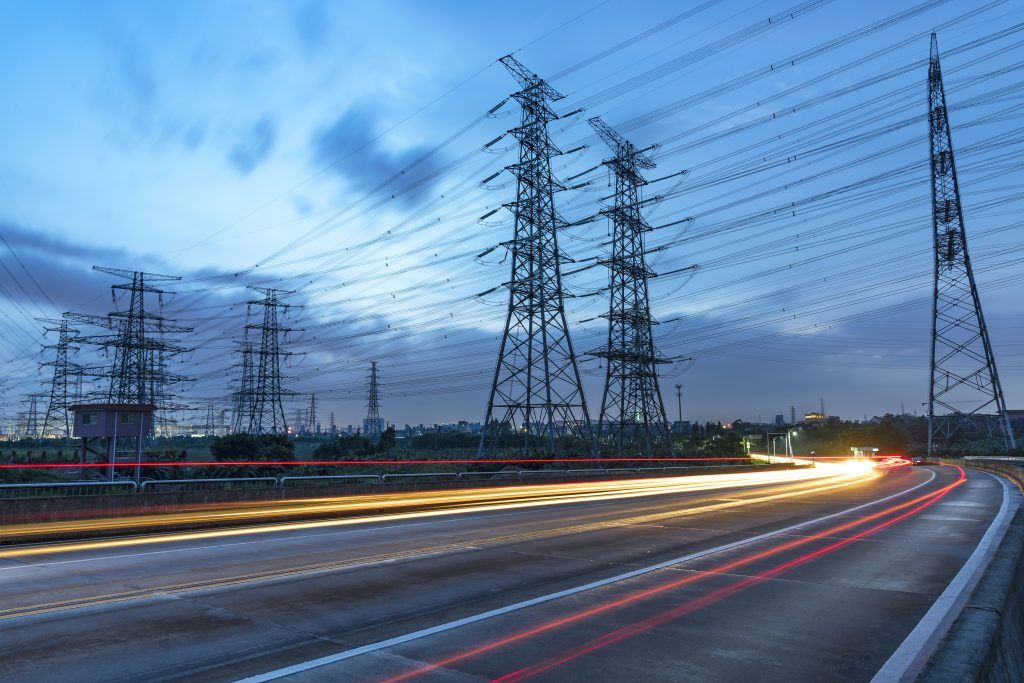Electricity transmission project Eastern Green Link 2 (EGL2) has accelerated its sustainability by using Hydrogenated Vegetable Oil (HVO) fuel for material handling trucks in Yorkshire.
The project, which will provide enough electricity to power two million homes, is now using HVO at the Wren Hall converter station in North Yorkshire.
At this site, 20 tonne construction trucks will use the low-carbon biofuel in the transportation of around 370,000 tonnes of stone from a local quarry.
The switch from conventional diesel to HVO is expected to deliver up to a 90% reduction in direct CO2 emissions, and an 80% reduction in other harmful emissions, such as particulate matter.
EGL2 features a 436km high voltage direct current (HVDC) subsea transmission cable, which connects Scotland and England, and is being delivered as a joint venture by National Grid Electricity Transmission and SSEN Transmission.
BAM and Hitachi Energy are collaborating to provide the engineering works and technology for the HVDC converter stations.
The stations are vital for converting direct current to alternating current used in the onshore electricity transmission network.
Other sustainability measures at the Wren Hall site include a solar generator backed up by HVO fuel and initiatives to reuse materials for landscaping.
Neil Lyons, Project Director for National Grid, commented:
“Our collaboration with BAM on the HVO initiative at Wren Hall demonstrates how innovation and partnership can significantly reduce our carbon footprint. We are committed to identifying and implementing sustainable solutions as EGL2 progresses.”
BAM Project Director, Brendan O’Connor, said:
“At BAM, we’re committed to building a sustainable tomorrow by continuously exploring innovative ways to reduce the environmental impact of every project we undertake. Switching to HVO fuel is an effective way to cut carbon emissions and it’s just one of many steps we’re taking to support our client EGL2 on their journey to Net Zero.”
Image courtesy of BAM/National Grid








